Choosing the right crib mattress is a crucial decision for any parent, as it impacts not only your baby’s comfort but also their safety. Babies spend a significant amount of time sleeping during their early months, and the mattress plays a key role in supporting their growth and development. In this guide, we’ll go over how to choose a crib mattress by highlighting essential features, so you can make the best choice for your baby’s well-being.
Why a Good Crib Mattress is Essential
A crib mattress isn’t just about providing a cozy sleeping space. It’s also a matter of safety. The wrong mattress can increase the risk of Sudden Infant Death Syndrome (SIDS) and compromise your baby’s comfort. A high-quality crib mattress should offer the right balance of firmness, breathability, and support to ensure a safe, healthy sleeping environment. Here’s what you need to know when selecting a mattress for your baby’s crib.
Key Features to Consider When Choosing a Crib Mattress
When learning how to choose a crib mattress, you’ll want to focus on several critical factors to ensure your baby’s comfort and safety.
Firmness for Proper Support
Babies need a firm mattress to support their developing bodies and prevent suffocation risks. Unlike adults, who prefer soft mattresses, a baby requires a firm surface that supports their body without allowing it to sink in too much.
How to Test for Firmness:
Gently press your hand into both the middle and the outer edges of the mattress to feel its firmness and support. It should quickly bounce back into shape. If you notice a deep indentation or the mattress feels too soft, it’s not firm enough for your baby.
Breathability for Temperature Regulation
Breathability is another essential factor. A breathable crib mattress helps regulate your baby’s body temperature, which is crucial since babies cannot control their body heat as effectively as adults. Mattresses with breathable materials or airflow systems reduce the risk of overheating, a factor linked to SIDS.
Look for mattresses made from breathable fabrics like cotton or with built-in ventilation systems to promote airflow. Ensuring your baby stays cool, cozy, and secure all night long can be achieved with this solution.
Waterproof and Easy-to-Clean Design
Accidents will happen, so having a waterproof crib mattress or at least a waterproof cover is vital. A waterproof surface prevents liquids from seeping into the mattress, helping to keep it clean and free from bacteria, mold, or mildew buildup.
Why Waterproofing Matters:
A waterproof mattress is not only easier to maintain but also prolongs the life of the mattress by protecting it from damage. Look for materials that are non-toxic yet durable, like food-grade polyethylene, which ensures safety and easy cleanup.
Hypoallergenic and Non-Toxic Materials
Your baby’s sensitive skin can react to harsh chemicals or allergens present in some mattresses. Choosing a hypoallergenic crib mattress made from materials like organic cotton can help reduce the risk of allergic reactions and irritation.
Additionally, ensure that the mattress is non-toxic and free from harmful chemicals like phthalates, lead, and formaldehyde. Check for certifications like GREENGUARD Gold or CertiPUR-US, which guarantee that the mattress meets strict safety and environmental standards.
Types of Crib Mattresses
Now that you understand the key features to consider, let’s look at the types of crib mattresses available:
Foam Crib Mattresses
Foam mattresses are a lightweight and affordable option, making them easy to move around and clean. When choosing a foam mattress, it’s essential to understand that not all options are created equal. Prioritize high-density foam, as it provides superior support and durability, ensuring that your mattress remains firm and lasts longer.
What to Keep in Mind:
Foam mattresses should be firm and durable without being too soft. Make sure the foam is made from safe, non-toxic materials to protect your baby from exposure to harmful chemicals.
Innerspring Crib Mattresses
Innerspring mattresses are typically more durable and provide excellent support through a system of steel coils. These mattresses tend to be heavier than foam, which can make changing the sheets a bit more cumbersome but also means they retain their shape well over time.
Why Choose Innerspring?
Innerspring mattresses offer better edge support and longevity, making them a reliable option, especially as your baby grows.
Organic Crib Mattresses
Organic crib mattresses are crafted from pure, natural materials such as cotton, wool, and latex, ensuring a safe and healthy sleeping environment for your baby. They are an excellent choice for parents concerned about chemicals and the environmental impact of their purchases.
Benefits of Going Organic:
Organic mattresses are free from synthetic materials and chemicals, offering a safer and more breathable surface for your baby. They are often more expensive but can be worth the investment for health-conscious families.
Dual-Sided Crib Mattresses
Dual-sided mattresses are designed to grow with your child. One side is designed with a firm texture suitable for infants, while the opposite side offers a softer feel tailored for toddlers. This type of mattress offers good long-term value, as it can be used well beyond your baby’s first year.
The Advantage of Dual-Sided Mattresses:
You can simply flip the mattress once your child transitions from a crib to a toddler bed, eliminating the need to buy a new mattress.
Safety Certifications to Look For
Safety is paramount when choosing a crib mattress. Make sure the mattress meets all U.S. federal safety regulations and certifications. Key certifications include:
- GREENGUARD Gold Certification: Promotes minimal chemical release to enhance the quality of indoor air.
- CertiPUR-US Certification: Guarantees the mattress is free from harmful chemicals like ozone depleters, formaldehyde, and heavy metals.
Final Thoughts on Choosing a Crib Mattress
In conclusion, **how to choose a crib mattress** comes down to understanding the importance of firmness, breathability, and safety. Make sure to consider materials, certifications, and durability to ensure your baby’s sleep environment is as safe and comfortable as possible. With these guidelines, you’ll be well-prepared to make a choice that benefits both your baby and your peace of mind.
Frequently Asked Questions About Crib Mattresses
Here are some common questions parents often ask when choosing the right crib mattress:
Read More:
The Munchkin High Capacity Drying Rack That Truly Surprised Me
Hybrid vs Memory Foam Mattresses: Which Is Best for You?
How to Choose the Right Crib for Your Baby’s Nursery
The Ultimate Guide to Cooling Mattresses for Hot Sleepers
Top Nursery Themes for Boys, Girls, and Gender-Neutral
Convertible Cribs: A Smart Investment for Growing Families
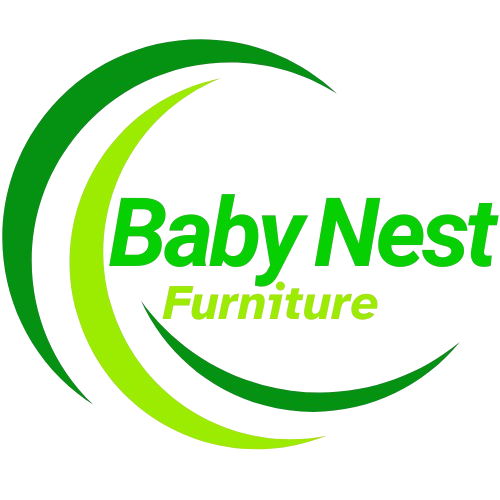

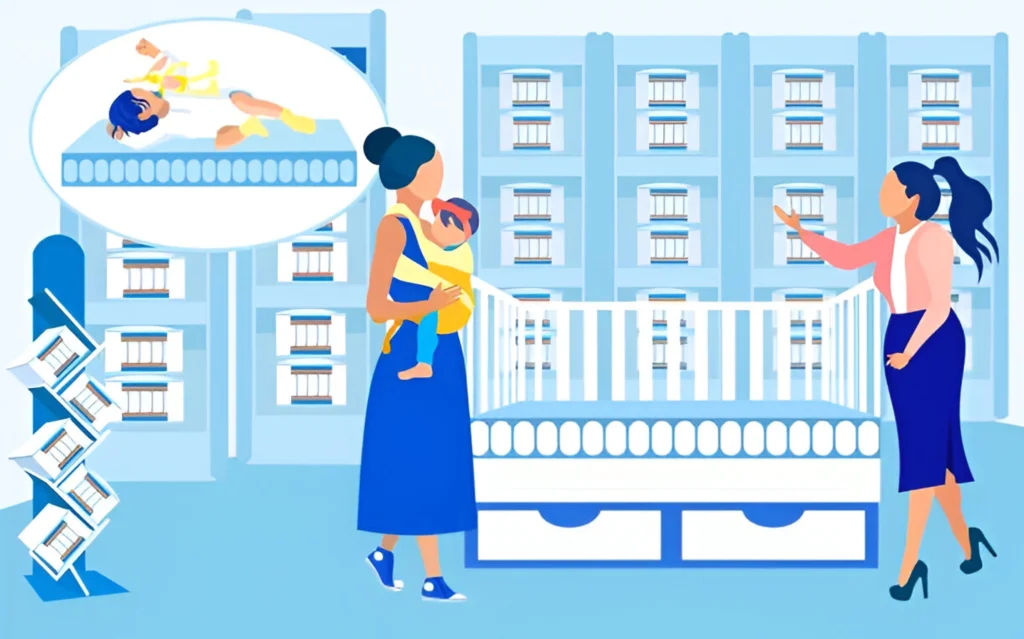
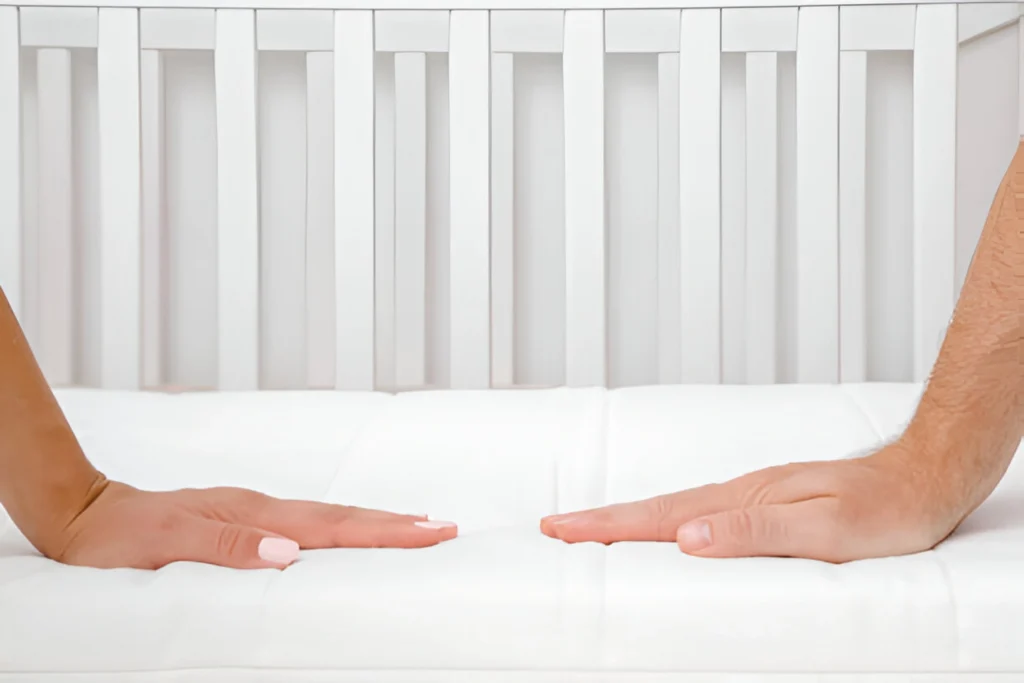
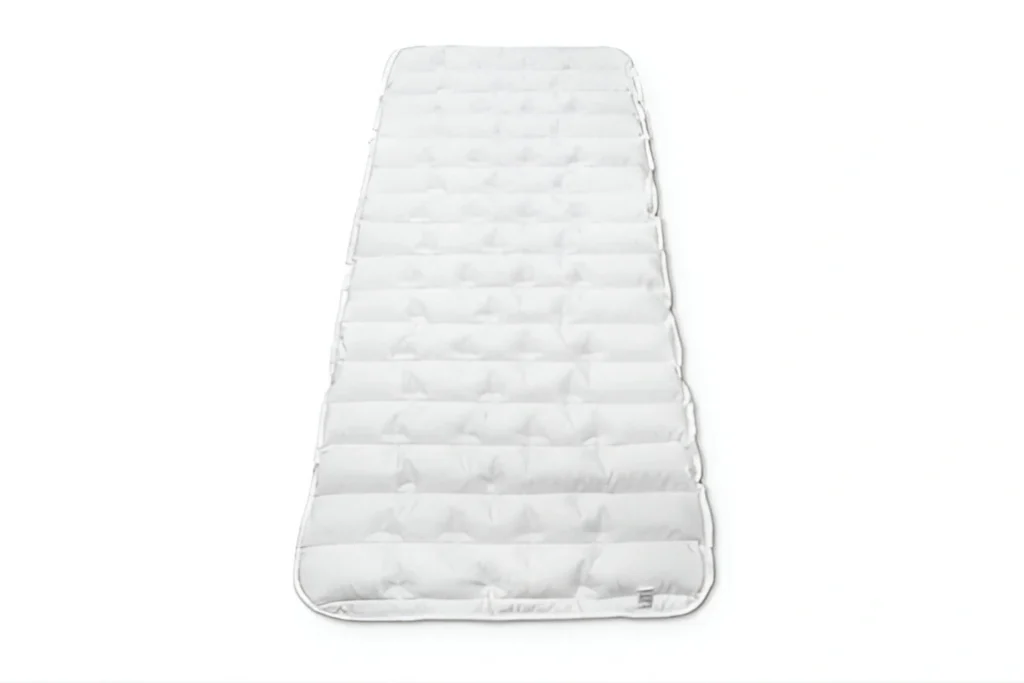




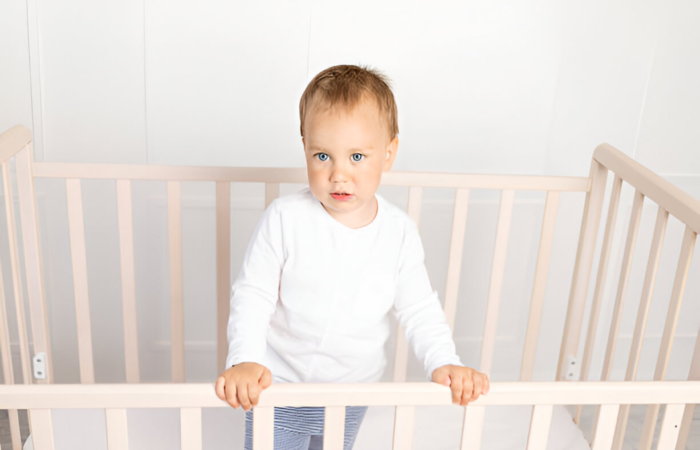


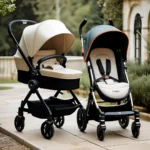
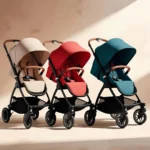
Leave Your Comment: